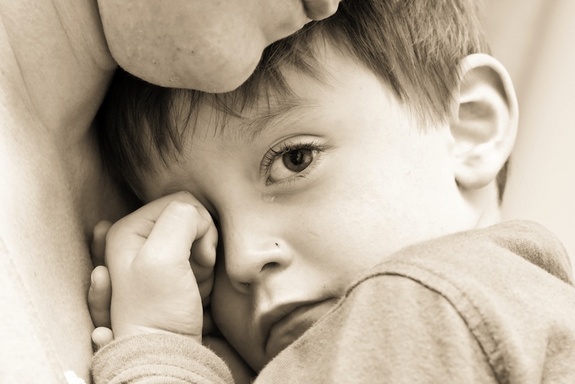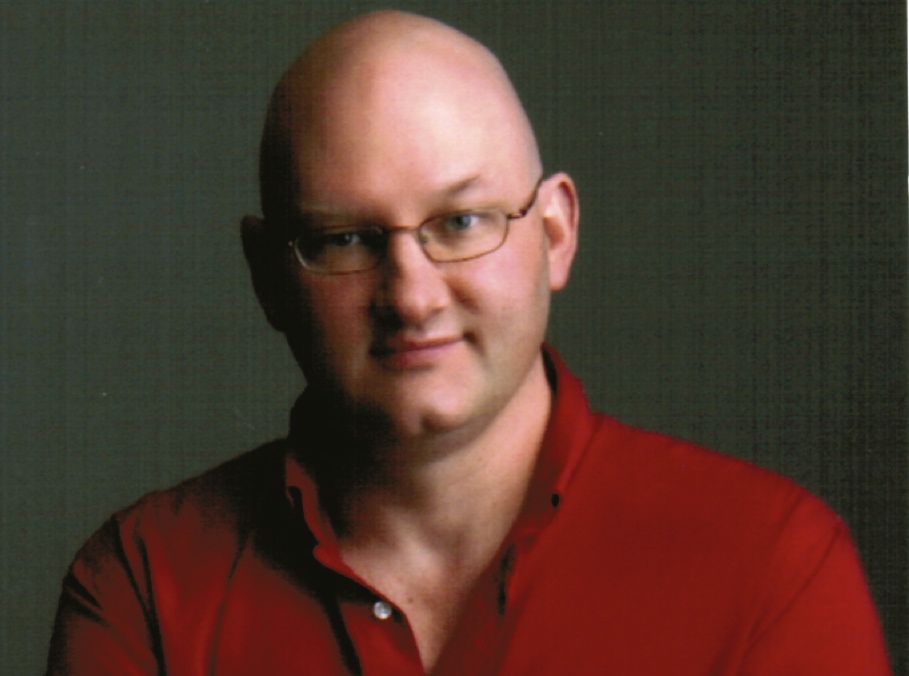
Why Sandy Hook Massacre Spawned Conspiracy Theories

One month after the Sandy Hook school shootings, the list of victims continues to grow. One man, Gene Rosen — who found six children and a bus driver in his driveway, brought them into his home, fed them and called parents to assure them that their children were safe — has been harassed by telephone, email and online by those who think he is lying about his actions, and is part of a conspiracy.
Rosen is not the first hero to be assaulted and insulted by conspiracy theorists with doubts. In 2002, when conspiracy theorist Bart Sibrel confronted astronaut Buzz Aldrin and called him a "coward and a liar" for faking the moon landings, the 72-year-old promptly punched Sibrel in the face.
A group called the Sandy Hook Truther movement has emerged from the dust and chaos over the past weeks to claim that the school shooting was all a staged event. Though many Americans are outraged and incredulous that anyone could doubt that the tragedy even happened, the Sandy Hook school shootings follow classic conspiracy thinking. Here are a few reasons why.
Poignant political implications
Shootings — even child murders — happen every day, several times a day, in America. According to UNICEF, America has the worst record of child abuse and homicide in the industrialized world, with an average of 27 children killed every week by their parents and caregivers. But those child murders don't have implications for enacting a national policy on gun control.
Most events producing conspiracy theories have important social and political implications, and the Sandy Hook shootings are no exception. No one, regardless of what side of the gun control issue they are on, can deny that guns played a key role in the Sandy Hook killings. So the conspiracy theorists must instead challenge the claim that the attack even occurred. They believe it's all a hoax to scare people into supporting more gun control and a step toward an outright repeal of the Second Amendment. [5 Milestones in Gun Control History]
'Holes' in the 'official story'
Sign up for the Live Science daily newsletter now
Get the world’s most fascinating discoveries delivered straight to your inbox.
A common theme running through conspiracy thinking is that if you're smart enough, and just look closely enough at all the news coverage and available information, you can see lies and contradictions in accounts of the event. Truthers claim that they have found "absolute proof" that the shootings were a hoax, pointing to a 6-year-old girl named Emilie Parker, who was shot to death in the school massacre.
Or was she? They claim that the smoking-gun photographic proof that Emilie is still alive is that she was photographed after the shooting with President Obama during a visit with the families. The girl is actually Emilie's sister, wearing the same dress that Emilie wore in another photograph.
In the topsy-turvy world of conspiracy thinking, any little girl who resembles Emilie and is wearing the same dress as one she owned must be her. It could not possibly be her sister, who could not possibly be wearing either Emilie's dress or an identical one. Instead, it's obviously proof that the whole shooting was faked.
But this claim, even if it were true, raises more questions than it answers. For example, if Sandy Hook was indeed a "staged event" as claimed, with Emilie Parker alive and the president part of the conspiracy, why would the government be so careless as to release a photograph of Emilie, knowing that she had been reported dead in a carefully orchestrated national hoax? Is a widely published photo opportunity with the president of the United States really the best place to hide someone who is supposedly dead?
Conspiracy theorist websites offer dozens of other examples and pieces of evidence, ranging from real or perceived contradictions in eyewitness accounts to conflicting news reports. And indeed there are some contradictions. [The 10 Most Bizarre Conspiracy Theories]
The minds of conspiracy theorists
But what the conspiratorial mind sees as misinformation and lies, others see as merely perfectly ordinary incomplete and inaccurate information following a multifaceted tragedy. Especially in the hours and first days after such a chaotic and horrifying event, witnesses can be confused and mistaken. Police officers and reporters can misspeak, or be given incorrect information.
Not every single statement about what occurred, from dozens of different people in different places at different times, will agree in every detail. Three different witnesses to a minor car accident will often give three slightly different accounts of what they saw, so it's unrealistic to expect dozens of people who were involved in a chaotic school massacre to report exactly the same things.
Part of the reason that conspiracy theories linger is that any contradictory evidence — no matter how conclusive or compelling — can just be dismissed by claiming that it's part of the cover-up. There is ultimately no evidence that would satisfy most conspiracy theorists. Those who distrust the government will use any excuse to support their beliefs, logical or not. Conspiracy theorists prefer complex mysteries over simple truths, and find mystery where none exists.
Research has shown not only that a person who believes in one conspiracy theory is likely to support others, but also contradictions don't deter conspiracy theorists.
The idea that the Sandy Hook massacre was faked is not only absurd, but also an insult to the victims of the tragedy. The victims are really, provably gone; they are not safely hidden away somewhere until the Sandy Hook shooting has served its ultimate goal of taking away America's guns. The bullet holes are there. The children and adults are dead. Toxic conspiracies, however, will live on.
Benjamin Radford is deputy editor of Skeptical Inquirer science magazine and author of six books, including "Media Mythmakers: How Journalists, Activists, and Advertisers Mislead Us." His website site is www.BenjaminRadford.com.










